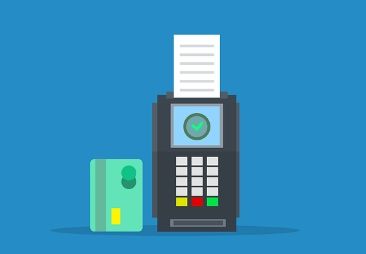How does PayPal handle currency conversion?
PayPal handles currency conversion by allowing users to send, receive, and hold funds in multiple currencies, and convert them when needed. This flexibility is useful for international transactions, whether you're shopping online, sending money abroad, or receiving payments in different currencies. However, currency conversion comes with fees that can vary depending on several factors.

How PayPal Manages Currency Conversion
1. Automatic Conversion: PayPal automatically converts funds into another currency when you make a transaction that involves a currency different from your account balance's currency. For example, if your account holds USD but you make a purchase in EUR, PayPal will automatically handle the conversion.
2. Conversion Options: PayPal provides users the option to choose how they want to handle currency conversions. You can either allow PayPal to convert the currency for you at the time of the transaction or choose to deny the transaction if you prefer to use another method for conversion.
3. Exchange Rates: PayPal uses its own exchange rates for converting currencies, which include a markup over the wholesale exchange rate (the rate banks use to trade between themselves). This rate typically includes a currency conversion charge, which is where PayPal makes a profit on conversions.
Fees Associated with Currency Conversion
• Currency Conversion Fee: When PayPal converts currency, a fee ranging from 3% to 4% is added to the base exchange rate. The exact fee depends on the type of transaction and the currencies involved. This fee compensates PayPal for the currency risk and service involved in the conversion process.
• Cross-Border Fees: If you are sending money to someone in a different country, or receiving money from abroad, PayPal might charge an additional cross-border fee, which can vary depending on the countries involved and the payment method used.
Managing Currency Conversion in PayPal
• Currency Balances: PayPal allows you to hold balances in multiple currencies. This means you can maintain funds in various currencies without converting them immediately. You can convert these funds to another currency at any time through your PayPal account.
• Manual Conversion: If you have multiple currency balances, you can manually convert money between these currencies using the "Manage Currencies" feature on your PayPal dashboard. This allows you to time your conversions based on your needs or exchange rate fluctuations.
• Setting Primary Currency: You can set one currency as your primary currency. This is the currency that will be used for sending out payments unless otherwise specified.
Tips for Using PayPal Currency Conversion
• Be Aware of Fees: Always check the current conversion fees and exchange rates on PayPal before making a transaction that involves currency conversion.
• Consider Alternatives: Depending on the amount and frequency of your currency conversions, consider whether other services might offer more competitive rates or lower fees.
• Monitor Exchange Rates: Since rates fluctuate, if you have the flexibility, monitor rates to time your conversions during favorable exchange conditions.
Currency conversion with PayPal offers convenience and immediacy but at a cost. Understanding these costs and planning accordingly can help you manage your international transactions more effectively.
Related articles

 WeChat of CBiBank
WeChat of CBiBank